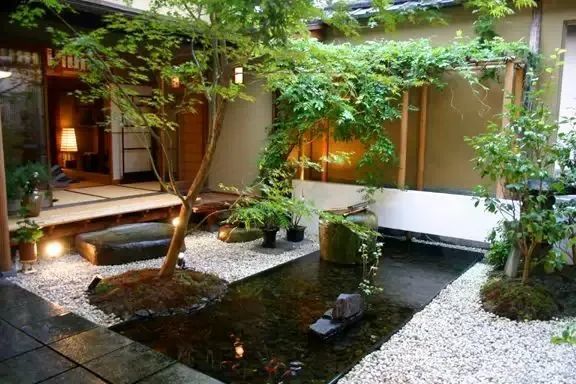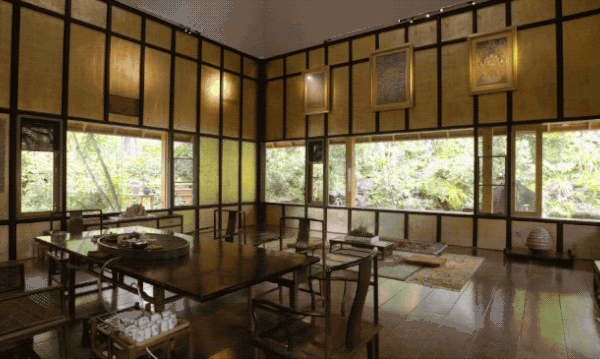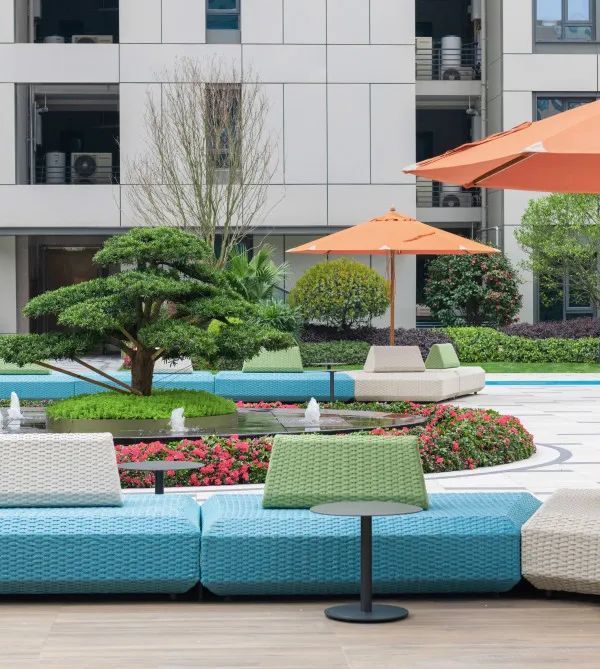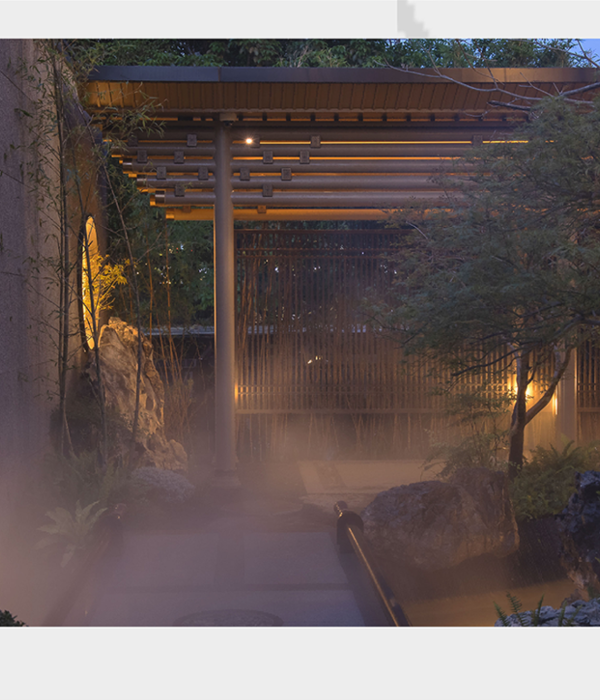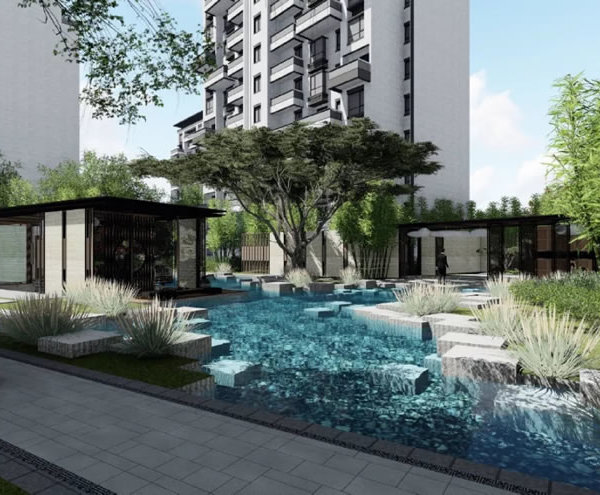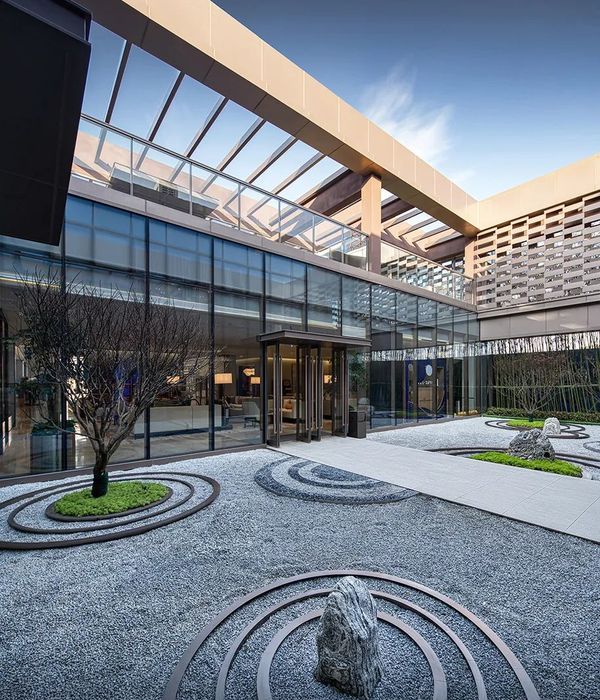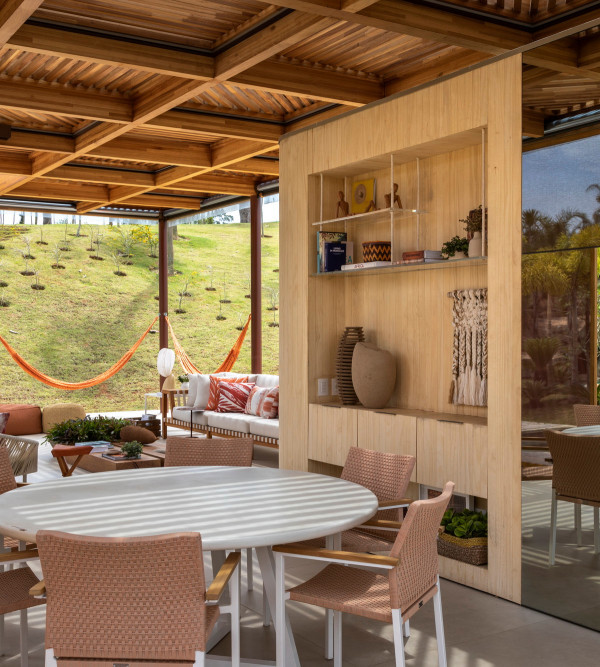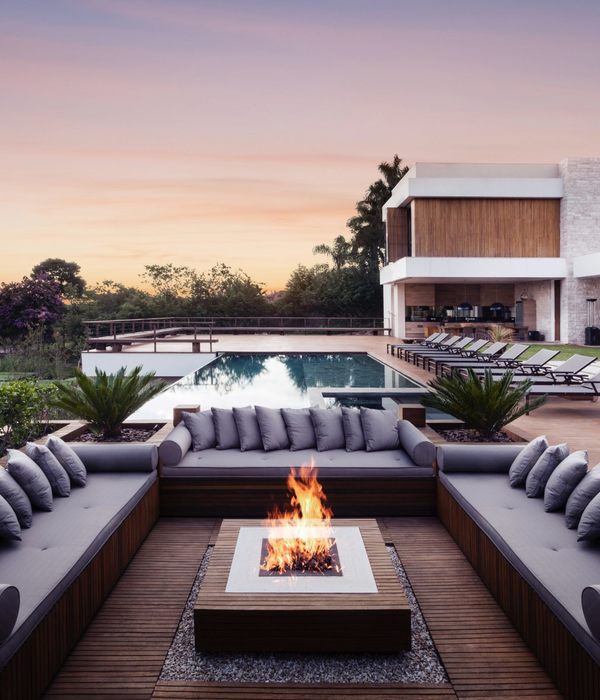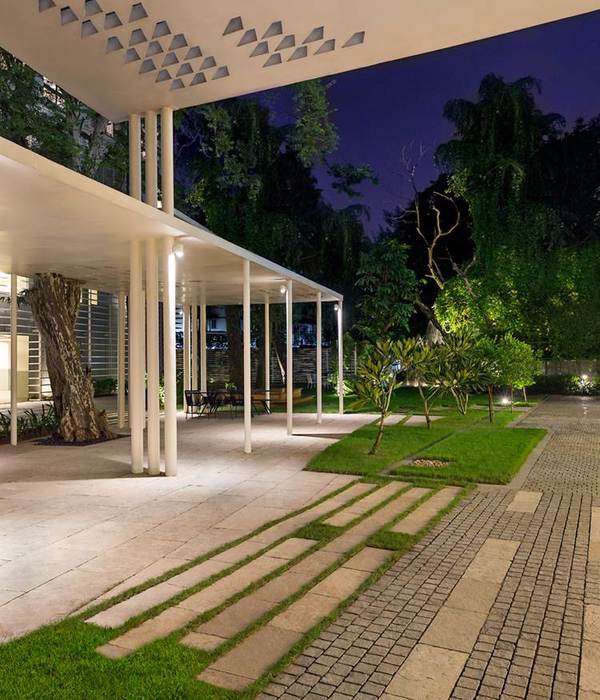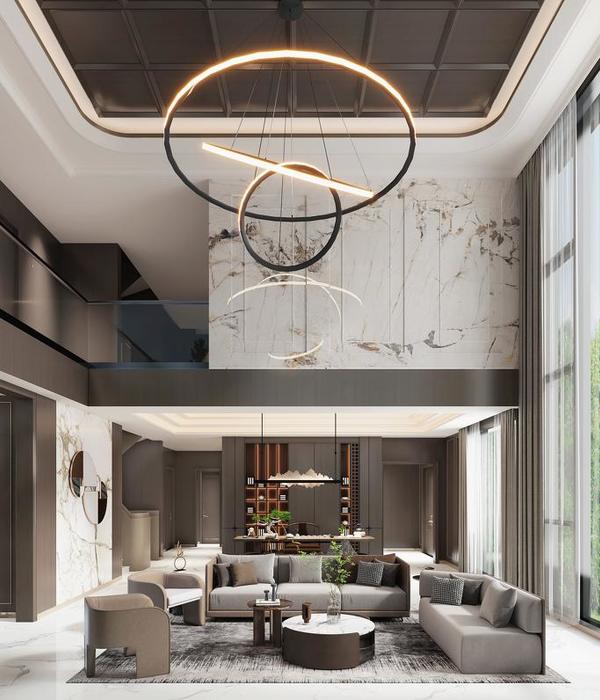Duality was a pavilion designed for Casas Project, an indoor-outdoor design festival that had Black and White as its annual theme for 2019. We were invited to create a design intervention and chose an outdoor area were we could showcase a contemporary architectural installation, such as a pavilion, that is historically rare for Guayaquil and its citizens. For us, this was an opportunity to showcase how powerful intervening public space can be. As a result, we gathered the interest of local government, universities, cultural institutions, and the private sector in order to produce outdoor architecture that can be emblematic.
We interpreted the contrast between black & white as duality. Two forces infinitely opposed and incompatible which can be observed on opposite sides of each layer that, interlocked, assemble the pavilion. However, duality is also a converging point where these opposing forces intertwine taking the best of both worlds to achieve integrity and balance. The edges of the laminated pieces depend on the structural function of the whole. Dimensions throughout vary between 20 and 140cm.
The pavilion’s architecture develops around a void in order to fill the horizon with new forms that, in turn, generate a new empty space. The general shape is conceptually composed of a series of vertical voids as intermediate points between the interior and exterior. As the visitor walks around and through the pavilion its structure creates the effect of oscillating between either an open or a closed permeable volume. Inside the pavilion, the visitor traverses a threshold that is both contained and open due to the containment of the inner sanctum as well as the oculus that crowns the structure.
Thus, the pavilion uses duality as a study on complementing/contrasting forces, where one element cannot exist without the other, not unlike black and white, or light and shadow.
{{item.text_origin}}

